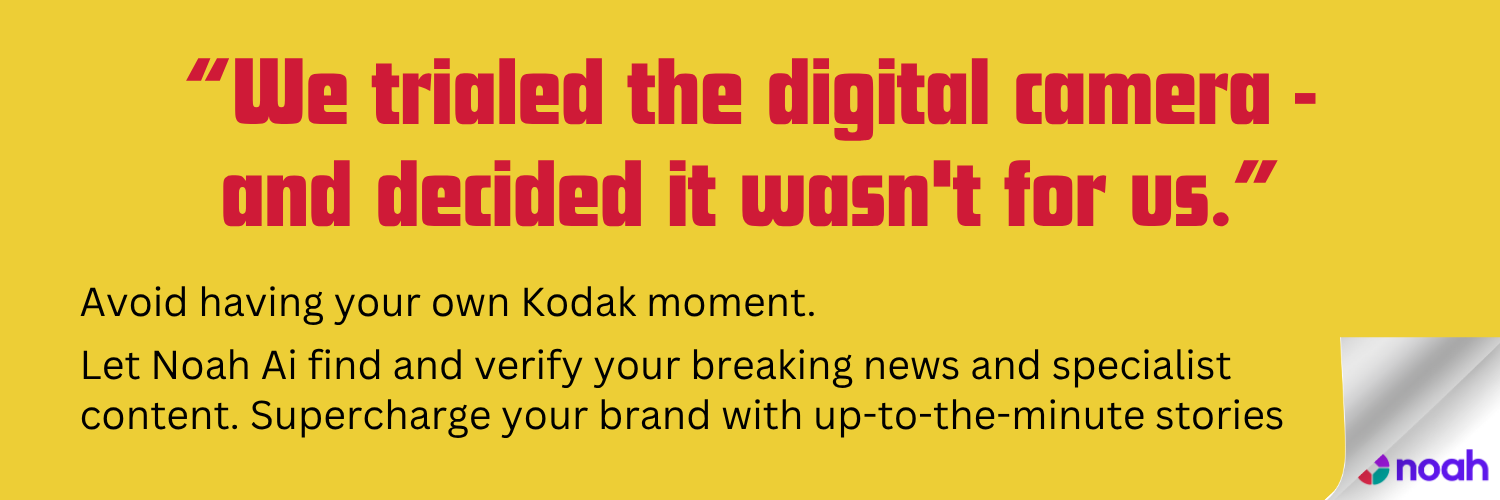InkSight is an advanced AI system that transforms handwritten notes into editable digital text, reshaping the interaction between traditional note-taking and modern technology.
In an era dominated by digital innovation, a centuries-old method of documenting thoughts — pen and paper — has received a significant upgrade with the launch by Google Research of InkSight. This advanced AI system is designed to convert photographs of handwritten notes into editable digital text. This development could reshape how countless individuals capture and preserve their thoughts, merging traditional and modern methods.
According to Andrii Maksai, the project lead at Google Research, while digital note-taking has been prevalent for its various advantages such as searchability and cloud storage, traditional methods remain preferred by a large segment of the population.
InkSight claims to have a unique approach to understanding handwriting. Unlike previous systems that focused on tracing the geometry of written strokes, InkSight employs sophisticated AI techniques that mimic the human ability to comprehend and reproduce text naturally. This approach reportedly results in 87% of output samples being valid representations of the input text, with 67% deemed indistinguishable from human-generated digital handwriting.
The AI’s proficiency extends to managing challenging real-world scenarios, such as poor lighting conditions, complex backgrounds, and even instances of partially obscured text. Google asserts that InkSight is the first system capable of de-rendering handwritten text from images with a variety of visual characteristics.
In the digital age, handwriting continues to hold a critical place in learning and cognitive processes. Studies indicate that writing by hand aids in memory retention and comprehension more effectively than typing, presenting challenges in seamlessly integrating traditional methods with modern technology, especially in educational and professional scenarios.
InkSight combines the benefits of personal handwritten styles with the convenience of digital storage and manipulation. This could revolutionise the way students, professionals, and researchers interact with written content, allowing them to search, organize, and share their notes with ease.
A particularly noteworthy aspect of InkSight is its potential to preserve and digitize handwriting in languages that have struggled with digital representation due to lack of resources. Dr Claudiu Musat, a researcher on the project, highlights the system’s capability to aid in training better handwriting recognisers for such languages, which could be transformative in preserving cultural heritage while broadening access to digital tools.
InkSight’s technical foundation is built on existing, widely available components such as Google’s Vision Transformer (ViT) and mT5 language model. This choice underscores the potential of combining established tools to produce cutting-edge technology. The AI system is publicly accessible through a demo on Hugging Face, allowing users to explore how their handwriting translates into the digital realm.
Despite its innovative approach, InkSight maintains strict ethical measures, ensuring it cannot generate handwriting independently to prevent misuse in contexts like forgery. While there are still some technical limitations, such as processing text one word at a time and occasional difficulties with varying stroke widths, the overall capabilities far outweigh these issues.
InkSight reflects a growing trend in technology that seeks to augment human skills rather than replace them. This AI system highlights a shift towards technology that enhances traditional human practices, preserving the essence of handwriting while unlocking new possibilities for its digital integration.
Source: Noah Wire Services








